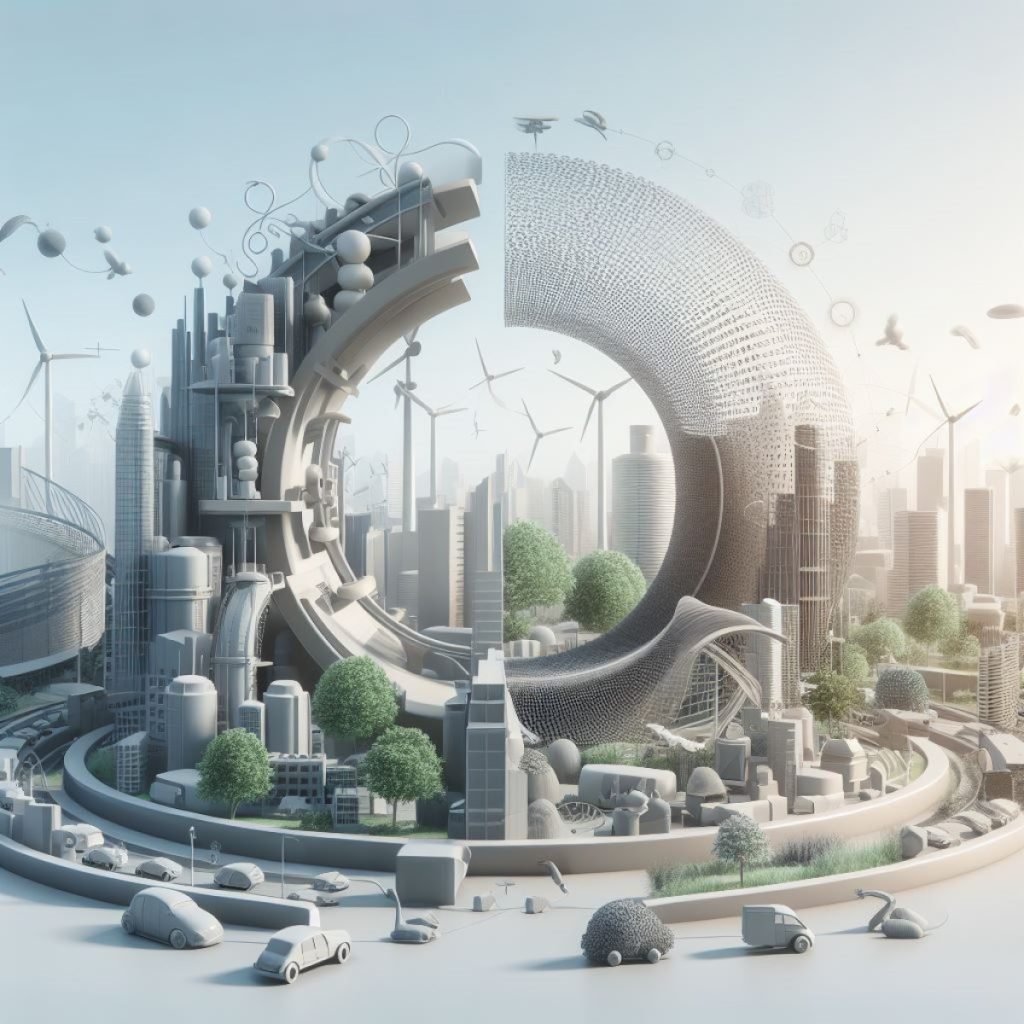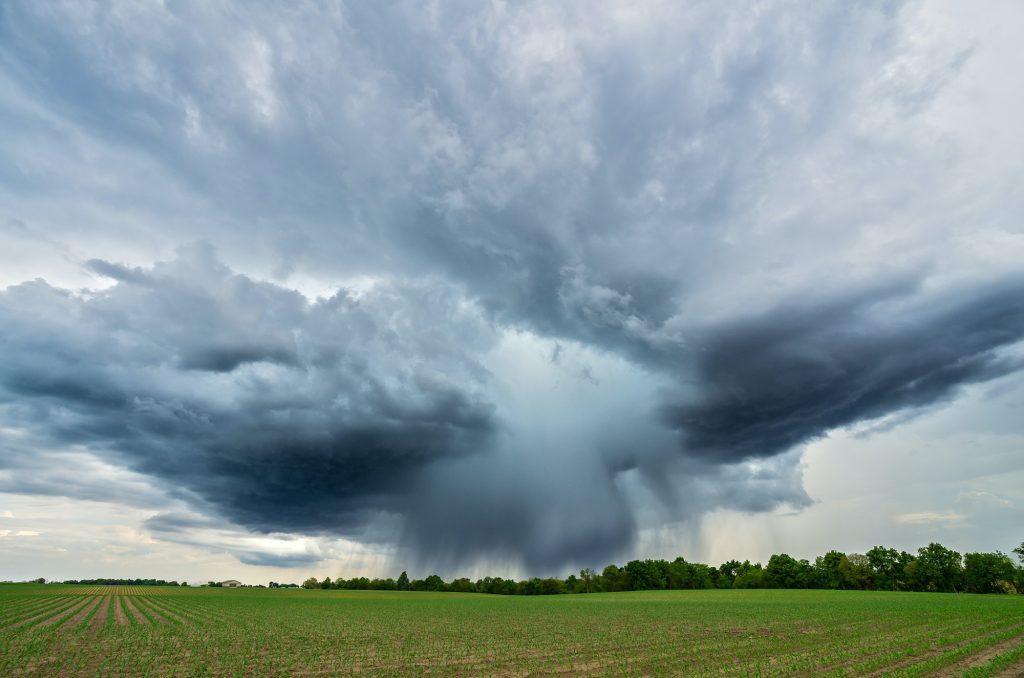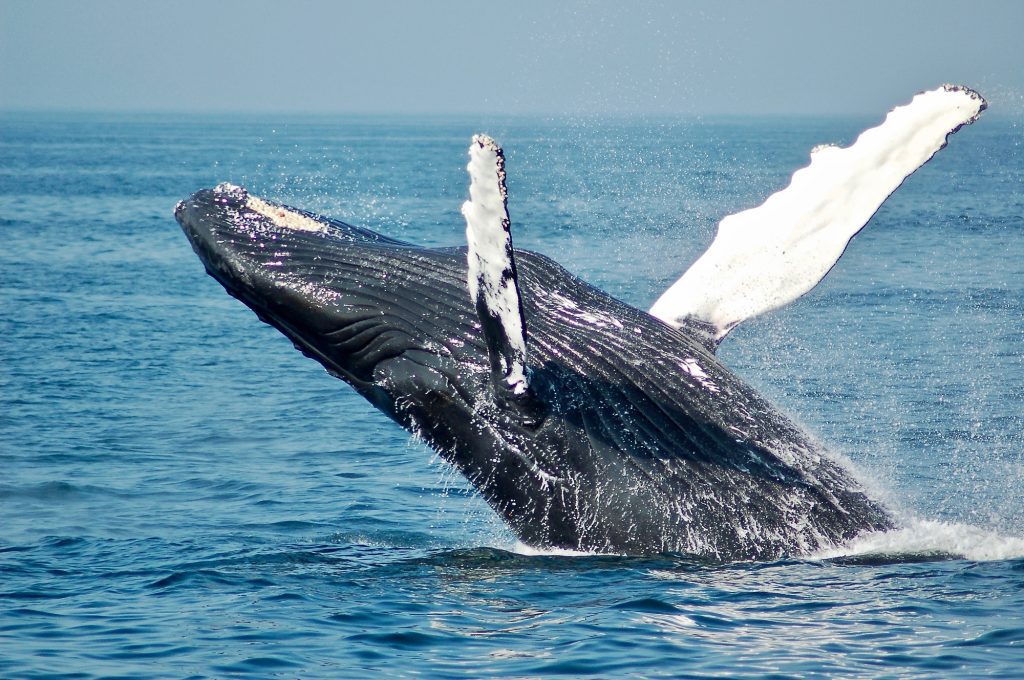The Essence of Morpho-Ecological Design
Morpho-ecological design stands at the intersection of artistry and functionality, embodying the essence of adaptive brilliance in the natural world. Derived from the term “morpho,” signifying form, and “ecology,” representing the relationship between organisms and their environments, this design philosophy encapsulates the seamless integration of aesthetics and environmental responsiveness.
At its core, morpho-ecological design draws inspiration from nature’s masterpieces, where organisms have evolved to thrive in diverse ecosystems. Mimicking the efficiency and adaptability observed in the natural world, designers seek to create structures and systems that not only serve their intended purpose but also harmonize with the surrounding environment.
This design approach goes beyond the superficial, delving into the intrinsic connection between form and function. It embraces the idea that a well-designed object or structure should not only be visually appealing but should also perform optimally within its ecological context. The result is a symbiotic relationship between human-made creations and the ecosystems they inhabit.
One of the key principles of morpho-ecological design is versatility. Borrowing from the adaptability seen in nature, designers strive to create solutions that can flexibly respond to changing conditions. This might involve modular structures that can be easily reconfigured, materials that can adapt to temperature variations, or systems that efficiently utilize resources without waste.
Moreover, sustainability lies at the heart of morpho-ecological design. Recognizing the urgency of environmental challenges, designers in this realm prioritize eco-friendly materials, energy efficiency, and waste reduction. By aligning with nature’s regenerative processes, morpho-ecological designs contribute to the broader goal of creating a more sustainable and resilient built environment.
In essence, morpho-ecological design represents a departure from traditional static models. It envisions a dynamic, responsive, and harmonious coexistence between human creations and the natural world. As we navigate an era where ecological consciousness is paramount, morpho-ecological design emerges as a beacon, showcasing the beauty that arises when form, function, and environmental stewardship converge.
Performance Metrics and Innovations
In the realm of morpho-ecological design, the pursuit of excellence extends beyond aesthetics to encompass measurable performance metrics and cutting-edge innovations. Designers navigating this intricate terrain grapple with the challenge of not only creating visually compelling structures but also ensuring they meet rigorous standards of efficiency, adaptability, and sustainability.
1. Energy Efficiency and Resource Optimization: Morpho-ecological designs prioritize energy efficiency through innovative strategies such as passive solar design, natural ventilation, and intelligent use of materials. The goal is to minimize the ecological footprint by optimizing resource utilization throughout the lifecycle of a structure.
2. Adaptive Architecture: Drawing inspiration from nature’s ability to adapt to changing conditions, morpho-ecological design introduces the concept of adaptive architecture. This involves the integration of responsive technologies and materials that can adjust to environmental fluctuations, ensuring optimal performance under varying circumstances.
3. Material Innovation for Sustainability: Sustainability lies at the core of morpho-ecological design, prompting a reevaluation of materials used in construction. From bio-based composites to recycled materials, designers explore innovative solutions that reduce environmental impact and contribute to a circular economy.
4. Biomimicry in Design: Harnessing the genius of nature, biomimicry is a key facet of morpho-ecological design. Innovations inspired by biological systems, such as self-healing materials or structures modeled after resilient organisms, not only enhance performance but also deepen the connection between human creations and the natural world.
5. Smart Technologies and Data-Driven Design: The integration of smart technologies and data-driven design processes is transforming the morpho-ecological landscape. Sensors, real-time data analysis, and artificial intelligence empower designers to create structures that respond dynamically to user needs and environmental conditions.
6. Modularity and Flexibility: In the pursuit of versatile and adaptable designs, the incorporation of modularity and flexibility is paramount. Morpho-ecological structures are conceived as dynamic systems, capable of evolving with changing requirements, thereby maximizing their utility and longevity.
As designers delve into the metrics of performance and embrace these innovations, morpho-ecological design evolves from a conceptual framework to a tangible force driving positive change in the built environment. By marrying artistic vision with quantifiable excellence, this approach not only sets new benchmarks for architectural and environmental standards but also points the way forward for a more sustainable and resilient future.
Interviews with Leading Design Visionaries
To gain deeper insights into the intricate world of morpho-ecological design, we turn to conversations with pioneering design visionaries who are shaping the landscape of sustainable and adaptive architecture. These interviews provide a glimpse into the minds of those at the forefront of innovation, offering perspectives on the challenges, inspirations, and future trajectories within this dynamic field.
1. Dr. Maya Chen, Biomorphic Architect: Dr. Chen, a trailblazer in biomorphic architecture, emphasizes the integration of organic forms and functions in her designs. She discusses how biomimicry informs her work, creating structures that not only mirror nature’s elegance but also contribute to environmental harmony.
2. Prof. Javier Morales, Adaptive Systems Engineer: Prof. Morales specializes in the integration of adaptive systems in architectural design. He shares insights into the role of smart technologies in creating buildings that respond intelligently to external stimuli, fostering energy efficiency and user comfort.
3. Architect Sofia Nascimento, Circular Design Advocate: A fervent advocate for circular design, Architect Nascimento discusses the importance of materials’ life cycles in morpho-ecological structures. Her work centers on repurposing and recycling materials, contributing to the ethos of sustainability in architecture.
4. Dr. Raj Singh, Data-Driven Architect: Dr. Singh explores the intersection of architecture and data science, utilizing real-time data analysis to inform design decisions. He sheds light on the transformative potential of data-driven design in creating structures that dynamically adapt to user needs and environmental conditions.
5. Eco-Designer Emma Reynolds, Sustainable Materials Innovator: Emma Reynolds is a driving force in the exploration of sustainable materials for construction. In our interview, she discusses breakthroughs in eco-friendly materials, emphasizing their role in reducing the environmental impact of buildings and promoting a circular economy.
6. Architectural Visionary Alejandro Fernandez: Alejandro Fernandez, known for his avant-garde architectural visions, shares his philosophy on merging art and science in morpho-ecological design. He discusses the challenges and triumphs of pushing the boundaries of traditional architectural norms.
These interviews provide a multifaceted view of morpho-ecological design, showcasing the diverse perspectives and expertise that converge to shape this innovative field. As these visionaries push the boundaries of what is possible, their collective wisdom offers a glimpse into the future of architecture—one where sustainability, adaptability, and aesthetics coalesce in remarkable harmony.
Statistical Insights: Shaping a Sustainable Future
Beyond the visionary aesthetics and groundbreaking innovations, the realm of morpho-ecological design is increasingly defined by statistical insights that wield a significant influence on shaping a sustainable future. These quantitative analyses offer a data-driven perspective on the impact, efficiency, and viability of morpho-ecological structures, underlining the importance of empirical evidence in advancing the principles of adaptive and sustainable architecture.
1. Energy Performance Metrics: Rigorous assessment of energy performance metrics is a cornerstone in the evolution of morpho-ecological design. Studies reveal that structures designed with energy efficiency in mind not only contribute to reduced environmental impact but also result in substantial long-term cost savings.
2. Life Cycle Assessments: Life cycle assessments provide a holistic understanding of the environmental footprint of morpho-ecological structures. By analyzing the entire life span of a building—from raw material extraction to construction, occupancy, and eventual deconstruction—designers can make informed decisions that minimize ecological consequences.
3. User-Centric Data Analysis: Statistical insights derived from user-centric data analysis offer a glimpse into the human experience within morpho-ecological spaces. This includes assessing factors such as user comfort, well-being, and productivity, providing valuable feedback for future design iterations.
4. Material Efficiency Studies: In-depth studies on material efficiency shed light on the environmental impact of various construction materials. Statistical analyses help identify materials with low embodied energy, encouraging designers to opt for sustainable alternatives that align with the principles of morpho-ecological design.
5. Ecological Footprint Reduction: Statistical modeling allows designers to quantify the ecological footprint reduction achieved through morpho-ecological design strategies. This includes the use of renewable energy sources, rainwater harvesting, and green infrastructure, contributing to the overall sustainability goals of a project.
6. Resilience in Adaptive Designs: Statistical insights aid in evaluating the resilience of morpho-ecological structures to various environmental stressors, such as extreme weather events or climate change impacts. This resilience is crucial in ensuring the longevity and adaptability of designs over time.
7. Cost-Benefit Analyses: Morpho-ecological designs, when subjected to cost-benefit analyses, demonstrate not only environmental gains but also economic viability. Insights into the financial aspects of these designs contribute to a broader understanding of their feasibility and potential scalability.
These statistical insights serve as a compass guiding designers, architects, and policymakers toward evidence-based decision-making. As the morpho-ecological design movement continues to gain momentum, the integration of empirical data ensures that the transformative visions conceived within this field are not just visionary but substantiated, fostering a sustainable future for the built environment.
Challenges and Triumphs in Morpho-Ecological Adaptation
The pursuit of morpho-ecological design, while yielding transformative innovations, is not devoid of challenges. Navigating the delicate balance between aesthetics, functionality, and sustainability poses hurdles that designers must overcome. Yet, within these challenges lie triumphs that redefine the possibilities of adaptive architecture and shape a resilient, eco-conscious future.
1. Integration of Biomimicry: Challenge: Integrating biomimicry into designs requires a deep understanding of complex natural processes. Emulating nature’s efficiency while ensuring practical application poses a formidable challenge. Triumph: Successful incorporation of biomimetic principles results in structures that not only mimic nature’s beauty but also demonstrate remarkable adaptability and resource efficiency.
2. Balancing Aesthetics with Functionality: Challenge: Striking a balance between aesthetic appeal and functional efficiency is an ongoing challenge. Designs must not only be visually captivating but also serve their intended purpose and adapt to changing environmental conditions. Triumph: When achieved, this balance results in structures that transcend the traditional dichotomy of beauty versus utility, presenting a harmonious integration of form and function.
3. Socio-Cultural Acceptance: Challenge: Introducing morpho-ecological designs into established socio-cultural contexts can face resistance. Convincing stakeholders of the benefits and relevance of these designs requires adept communication and education. Triumph: Overcoming resistance leads to the acceptance of morpho-ecological principles, fostering a shift in societal norms toward sustainable and environmentally conscious architectural practices.
4. Evolving Technological Landscape: Challenge: Rapid technological advancements present both opportunities and challenges. Designers must adapt to evolving tools and materials while ensuring that technological innovations align with the principles of sustainability. Triumph: Embracing technology allows for the integration of smart solutions, data-driven design processes, and innovative materials, enhancing the adaptability and performance of morpho-ecological structures.
5. Cost Considerations: Challenge: Implementing morpho-ecological designs may involve higher upfront costs. Convincing stakeholders of the long-term benefits and return on investment requires overcoming financial barriers. Triumph: Demonstrating the economic viability through reduced operational costs, energy efficiency, and sustainable practices showcases the long-term benefits, fostering greater acceptance.
6. Regulatory Frameworks: Challenge: Navigating existing regulatory frameworks that may not be aligned with the innovative nature of morpho-ecological designs can be challenging. Encouraging policy adaptations becomes imperative. Triumph: Successful collaboration with policymakers and the establishment of frameworks that support sustainable design contribute to a more conducive environment for morpho-ecological adaptation.
In facing these challenges head-on, the world of morpho-ecological design not only evolves but thrives. Each triumph in overcoming these hurdles signifies a step toward a future where adaptive, sustainable, and aesthetically pleasing architecture becomes the norm. As the movement gains momentum, the challenges become catalysts for innovation, propelling morpho-ecological design into a transformative force in the architectural landscape.




